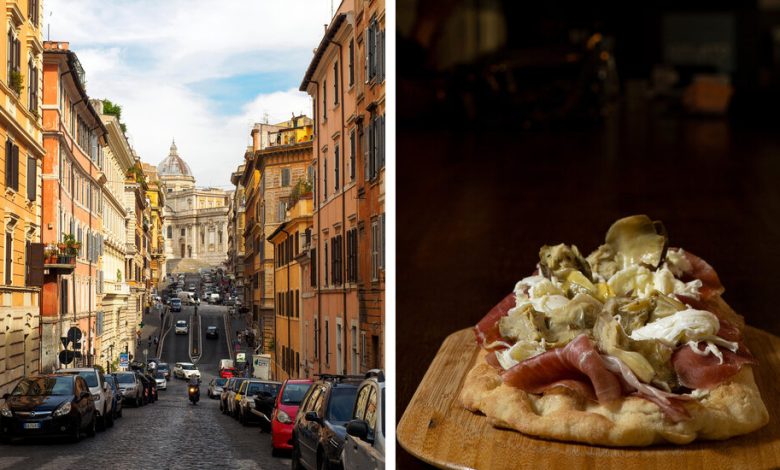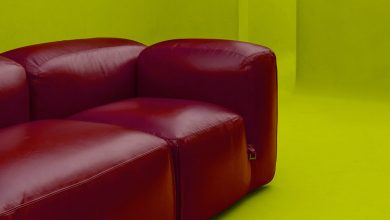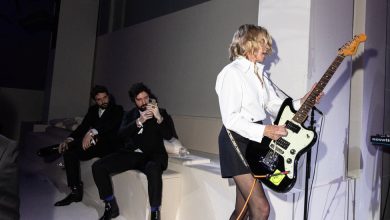There’s New Energy in Rome’s Esquilino Neighborhood. Here’s Where to Go.

The Roman Revival
Set between the Colosseum and the tracks leading to Termini station, Rome’s Esquilino neighborhood occupies the Esquiline Hill, one of the city’s seven ancient mounds. In the Roman era, it served as a paupers’ cemetery. In the late 19th century, much of the neighborhood was razed to make room for a bourgeois residential district populated with handsome stone apartment buildings and anchored by Piazza Vittorio Emanuele II, the largest square in Rome — named for Italy’s first king to rule after the country’s unification in 1861. By the middle of the 20th century, though, the city had let the area degrade. “It was completely abandoned and a bit shady,” says Matteo Soddu, 40, an architect at the firm Studiotamat who lives in the area.
But a few years ago, the neighborhood began showing signs of new life. In 2018, Palazzo Merulana, which was built in 1900, was transformed into a contemporary arts and cultural center, exhibiting local 20th-century painters like Giacomo Balla and Giorgio de Chirico. Two years later, the piazza itself re-emerged after a multiyear restoration, with new greenery, a playground and a basketball court. A small cafe named Horti Magici (Italian for “magical gardens”), serving croque-madames and other brunch classics, as well as evening aperitifs, now occupies the park’s former storage shed.
Other new establishments arrived around the same time, among them the bakery Forno Conti & Co., founded by the fourth-generation pastry chef Sergio Conti in 2021. Most weekend mornings, customers line up to try Conti’s guanciale-filled breakfast pastries and crème brûlée croissants. A few blocks away, the recently transplanted Machiavelli 64 stocks small-batch Italian wines, which it pairs with inventive dishes by the chef Isotta Salabè, including tortellini-like cappellacci pasta stuffed with sweet Tropea onions. Around the corner is Casadante, a cavernous bar and restaurant set in a former auto body shop. Then, a 10-minute walk northwest, there’s Drink Kong, which serves cocktails made with Japanese liquors, and its nearby offspring, Nite Kong, a subterranean champagne bar with “Blade Runner”-esque décor. And earlier this year, the contemporary pizzeria Ardecore, which Soddu designed with his Studiotamat colleague Silvia D’Alessandro, opened on Via Buonarroti, just off the piazza. In a city rich with monuments to the past, Esquilino is once again focused on the future. — Laura May Todd
A Cloud-Like Take on the Classic Chesterfield Sofa

Credit…Florent Tanet
No piece of furniture better embodies English tradition than the leather Chesterfield. Originally stuffed with horsehair, the sofa, whose rolled arms flow into a high, button-tufted back, is thought to have been commissioned in the mid-18th century by Lord Philip Stanhope, the fourth earl of Chesterfield, reportedly as a place for his male guests to sit without rumpling their frock coats. Although Sigmund Freud used a Victorian daybed covered with a Persian carpet for his psychoanalysis sessions, his grandson the artist Lucian Freud posed his daughters on a Chesterfield in his studio in 1988 and painted “Bella and Esther.”




